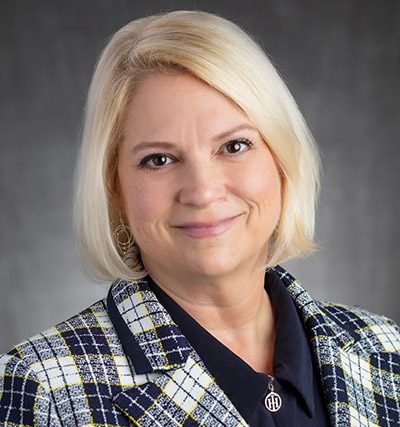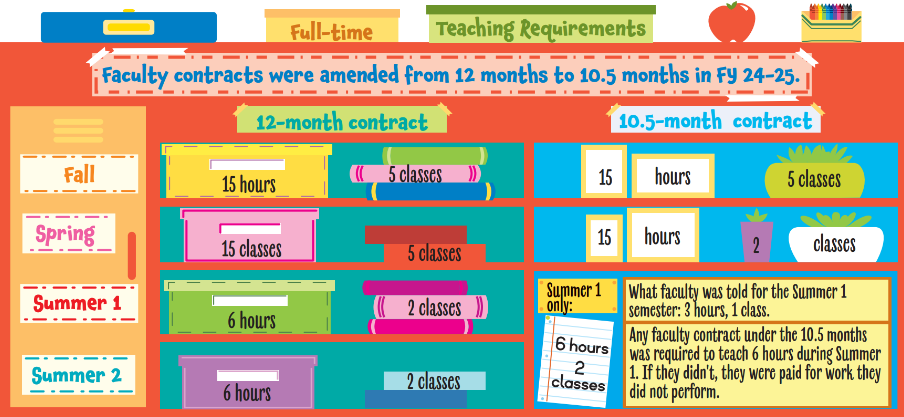By Lynn Caraway/reporter
Student Jane Smith, not her real name, has over 99 credit hours, changed her major once, changed universities, taken additional credits and still has no clear direction toward earning her degree or what career field is right for her. Sound familiar?
In the wake of growing criticism that students are not graduating from college and universities in four years, TCC will introduce “Guided Pathways” fall of 2020, which is a national movement to help students attain high-quality postsecondary credentials and careers that match jobs in the labor market.
“Guided Pathways should provide students with a clear, personalized map to complete whatever their goal may be so they can eventually obtain jobs they are skilled for in the community,” said Tina Ross, faculty lead for the new initiative.
The five pathways that help students chart their course of study, making them more likely to finish on time, include: science, technology, education and math, or STEM; business and industry; human and public service; arts and humanities; and health science.
If everything goes as planned, students in fall 2020 will be assigned a specialized adviser designated only to those students in each of the five pathways. This is a change from current policy where most students speak to random advisers who are not specific to their path’s course requirements.
Ross’ job is to engage other faculty members by “creating awareness of the need for this model” and educating others about what it entails. She attends conferences on the pathways program and travels to all TCC campuses.
Asked by NW Campus president Zarina Blankenbaker to head the program in April of 2018, Ross transferred positions from within TCC when she accepted the role.
The reality is that most students are taking longer to graduate, Ross said. That traditional four-year window to complete a bachelor’s degree now takes those students six years. The same applies at a community college for an associate degree Swhere most students can take up to three years to complete, compared to two years in the past.
“I don’t think you can name one reason why students are not graduating on time,” Ross said. “It’s different for each student. Some may have personal or financial concerns.”
Early and ongoing advising can help pinpoint some of these reasons and direct students to campus or community resources that may be able to help them if needed, she said.
What this means for the students who stray away from the traditional four-year model plan is more time and money. Students who graduate on time with the four-year traditional plan will spend significantly less than those who take the extra few years.
According to a report from Complete College America, a nonprofit group based in Indianapolis, “It is costing students and their parents billions of extra dollars; $15,933 more in cost of attendance for every extra year at a public two-year college, and $22,826 for every extra year at a public four-year college,” the report said.
The solution to this six-year graduation trend will take strategic planning and implementation efforts on the part of numerous departments such as advising, career services and the transfer center to guide each student’s college pathway more effectively, Ross said.
Presently, the plan to streamline student educational paths calls for talking to the new students who don’t know what career field is practical for them. Cassie Fennel, NW student development specialist, said students tend to be influenced by what they see and hear about careers from others without finding out the job details first.
When career counselors like Fennel speak to the incoming students during orientation, students are encouraged to take the “My Plan” career assessment to narrow their options. This assessment breaks into four-parts: personality, interests, skills and values. Students can find career options that reflect their strengths under a composite score, or in individual areas.
Also, students take only the courses they need reducing excess credits and financial debt, Ross said. Ultimately the goal of Guided Pathways is to “improve degree completion and the number of credits transferring to four-year institutions, adding jobs of value to our course selections in the labor-market and to achieve equity in outcomes for all students,” Ross said.



































